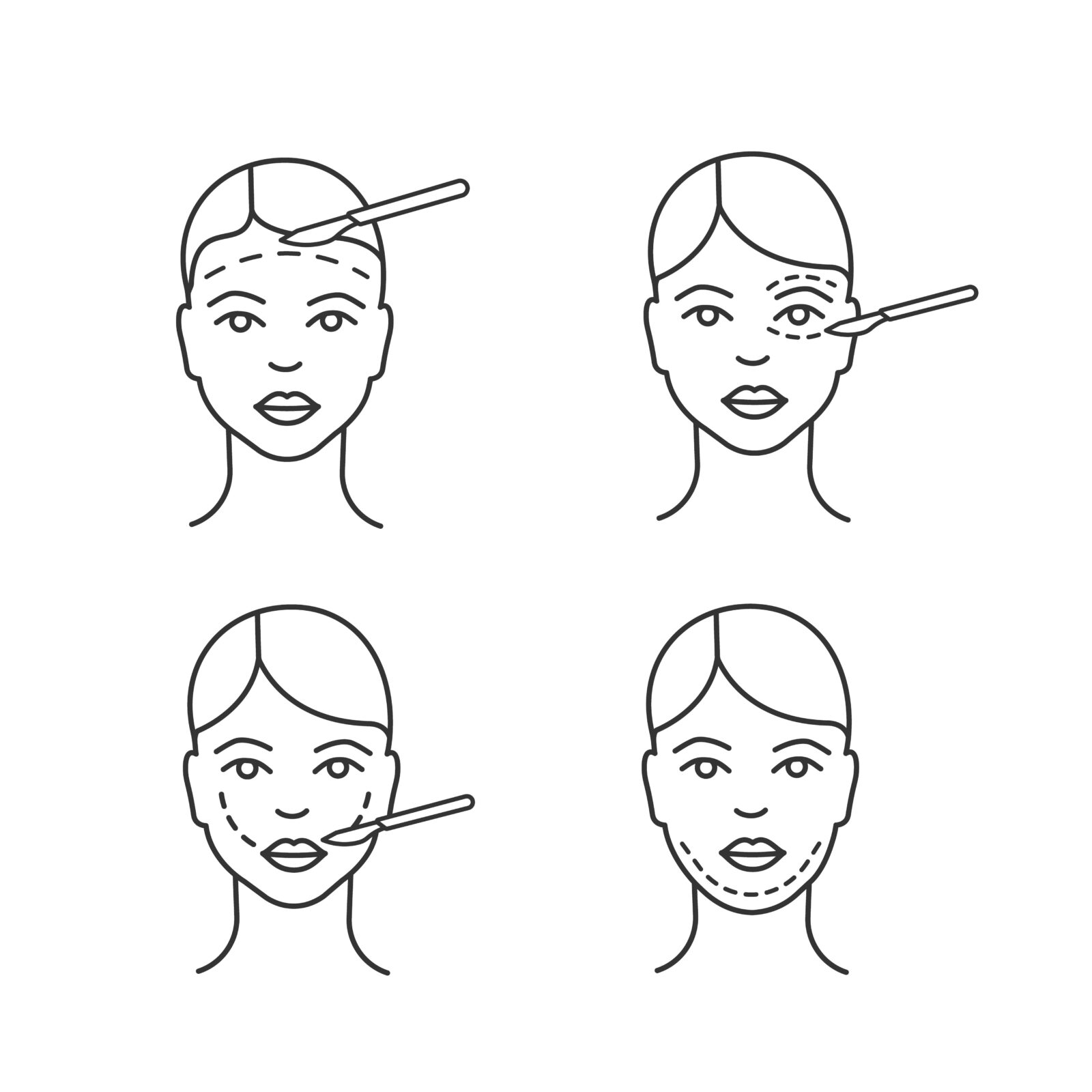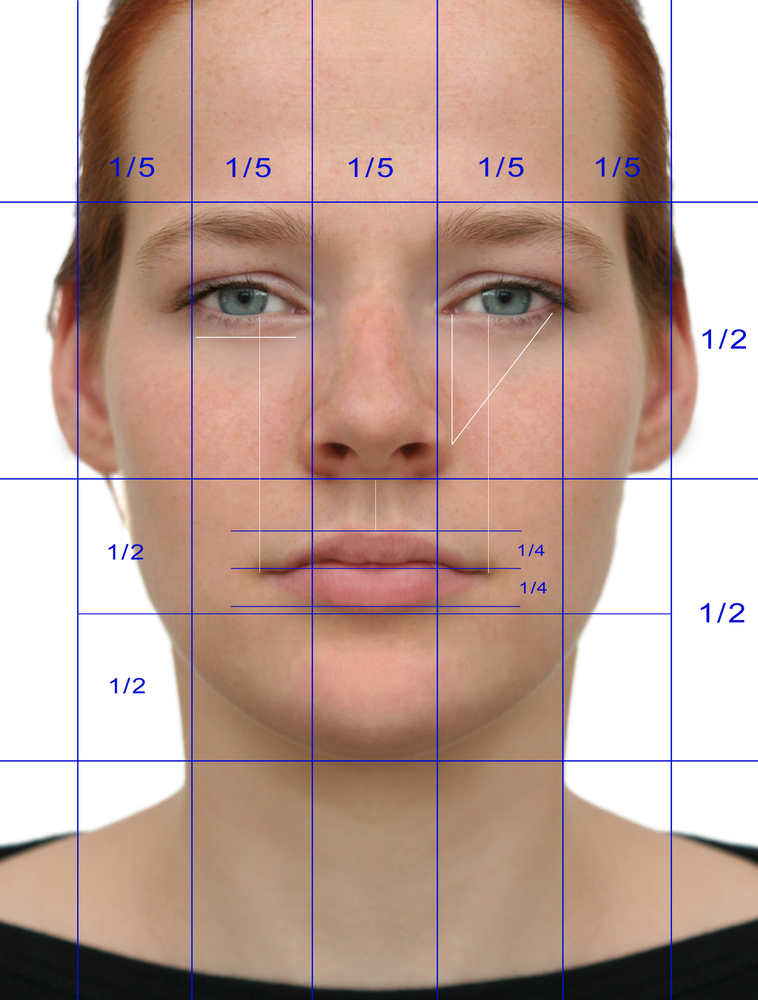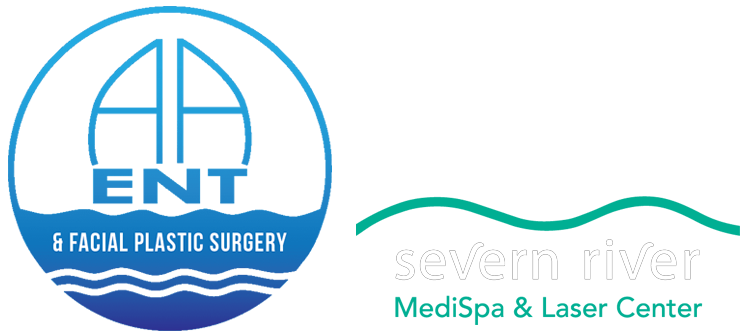As we age, our skin loses elasticity, and wrinkles, fine lines, and sagging skin can become more pronounced. In response to these changes, many people consider facelift procedures to help restore a more youthful appearance. However, with so many options available, it can be challenging to determine which type of facelift is best for your needs. In this blog, we will compare surgical and non-surgical facelifts to help you make an informed decision.
Surgical Facelift

A surgical facelift, also known as a traditional facelift, is an invasive procedure that involves the removal of excess skin and the tightening of underlying muscles. The surgeon will make incisions around the hairline and ears to access the muscles and tissues beneath the skin. They will then remove excess skin and lift the remaining skin to create a smoother, more youthful appearance.
Advantages of surgical facelifts include long-lasting results, significant improvement in skin laxity, and a more dramatic transformation. However, it is important to note that the procedure involves significant risks and complications, including scarring, infection, bleeding, and nerve damage. Recovery time can also be extensive, with patients needing to take time off work and avoid strenuous activity for several weeks.
Non-Surgical Facelift
Non-surgical facelifts, also known as liquid facelifts or thread lifts, are minimally invasive procedures that use injectables or threads to lift and tighten the skin. The procedure is typically performed under local anesthesia and involves the use of dermal fillers, Botox, or threads to achieve the desired effect.
Advantages of non-surgical facelifts include minimal downtime, fewer risks and complications, and immediate results. However, the results are often less dramatic and shorter-lasting than surgical facelifts, and multiple treatments may be required to maintain the desired effect.
Comparison Between Surgical and Non-Surgical Facelift
Here’s a table comparing surgical and non-surgical facelifts:
| Comparison Factor | Surgical Facelift | Non-Surgical Facelift |
| Cost | $7,000 – $15,000+ | $1,500 – $5,000+ per treatment |
| Downtime | Several weeks off work | Minimal downtime |
| Recovery time | Several weeks | Little to no recovery time |
| Results and longevity | More dramatic and longer-lasting | Noticeable improvements, but less dramatic and shorter-lasting |
| Pain and discomfort | More invasive and require general anesthesia, leading to more pain and discomfort during and after the procedure | Typically performed under local anesthesia and involve minimal discomfort |
Note: These are generalizations and specific costs, downtime, recovery time, and results can vary based on individual factors and the specific procedure chosen. It is always important to consult with a qualified and experienced cosmetic surgeon to determine the best option for your needs.
How to Decide Which Facelift Option is Best for You
When deciding which type of facelift is best for your needs, several factors should be considered, including:

- Assessment of your skin condition and concerns: A qualified and experienced cosmetic surgeon can help you determine which type of facelift is best suited for your specific skin condition and concerns.
- Your age and health condition: Surgical facelifts are typically recommended for older patients with significant skin laxity, while non-surgical facelifts may be a better option for younger patients with less severe signs of aging. Additionally, patients with certain health conditions may not be good candidates for surgical facelifts.
- Budget and availability of time: Surgical facelifts are more expensive and require more time for recovery, while non-surgical facelifts may be more affordable and require less downtime.
- Expectations and goals: It is important to have realistic expectations for the results of your facelift and to communicate your goals with your surgeon.
- Consultation with a qualified and experienced cosmetic surgeon: A consultation with a board-certified plastic surgeon can help you determine which type of facelift is best for your needs and provide you with more information about the risks, benefits, and expected outcomes of each procedure.
In Conclusion
Choosing between surgical and non-surgical facelifts can be a difficult decision, as both options have their own unique advantages and disadvantages. Ultimately, the decision will depend on your specific skin condition, goals, budget, and availability of time. It is important to do your research, consult with a qualified and experienced cosmetic surgeon, and have realistic expectations for the results of your facelift. Whatever option you choose, a facelift can help you achieve a more youthful and refreshed appearance and boost your confidence and self-esteem.








